Sugar Tyme Crabapple
$119.50 Original price was: $119.50.$83.65Current price is: $83.65.
- Free Shipping over $25
- Fast & reliable delivery options
- Enjoy top quality items for less
- Multiple safe payment methods

Among flowering trees, the crab apple stands proud. Especially in colder zones, where flowering cherries do not grow well, it is the tree of spring. It’s profuse blooming, even after a harsh winter, signals that better weather is coming, and cheers our hearts after the bleak winter months. Not only are these wonderful spring-flowering trees, but many also put on a vibrant show of fruit in late summer and fall, adding a whole extra season to their beauty. The Sugar Tyme Crab Apple tree is one of those – outstanding not only for its spring blooms, but for the profusion of bright red, cherry-sized fruits it produces. The white spring flowers make a gorgeous show, on a spreading tree, and this outstanding flowering crabapple tree is a worthy choice for any garden. It is hardy in cold areas, but also thrives in heat and humidity.
Growing the Sugar Tyme Crab Apple
Size and Appearance
The Sugar Tyme Crab Apple is a medium-sized deciduous tree that will reach as much as 20 feet in height, with a spread almost as great. When choosing a planting spot, allow for that potential height and spread, avoiding overhead wires and planting at least 10 feet from any walls, fences or property lines. It has one or a few main trunks, with many branches spreading outwards and upwards. The bark is mottled gray-brown, and attractive in all seasons. The vigorous tree grows freely and rapidly, and it remains healthy and attractive all season. The leaves are oval, with small serrations along their edges, and they are 4 inches long, of a rich green color. In fall they turn attractive bronze-yellow.
In mid-spring the flower buds swell on the bare branches. As the new leaves appear, the clusters of buds, now pale pink, open to reveal large, fragrant blooms that are 1-inch across and pure white. Blooming is profuse and very showy, making a gorgeous display in your garden. After the petals drop the flowers develop into clusters of small crab apples, that by fall are ½ inch across, on long stalks. By October they are scarlet red, darkening to maroon through winter, and by early spring – when they are often still hanging on the tree – they are dark claret red. Their fading display is lost beneath the profusion of spring blooms and new leaves. The fruit is edible, and it can be used to make delicious jellies. It is also popular with migratory birds.
Using the Sugar Tyme Crab Apple in Your Garden
Grow this beautiful tree as a delightful lawn specimen, or at the back of a bed of shrubs and flowers. Plant it near a window, where the perfume of the blooms can be appreciated, and the bright red fruit will lift the winter blues. Grow an avenue along a boundary or driveway, spacing trees at least 15 feet apart for the right effect.
Hardiness
The Sugar Tyme Crab Apple is completely hardy in zone 4, and it grows well in all zones except for zone 9, where the winters are too warm for good flower development. It is a great choice for areas with harsh weather where other spring-flowering trees are not reliable, and equally reliable in the hot south-east, where it is known to be particularly suited to hot and humid summers in zone 8.
Sun Exposure and Soil Conditions
For the best results, plant the Sugar Tyme Crab Apple in full sun, although it will tolerate a few hours of shade in a day. It will grow well in any well-drained soil, including alkaline soils, so most garden conditions are perfectly suitable for it. Placing mulch over the roots of a young tree will be beneficial in its development and good growth. Avoid letting grass grow over the root-zone for at least the first five years.
Maintenance and Pruning
Unlike fruiting apples, crab apple trees need no fancy pruning to flower and fruit well. Just plant it and let it grow. You can remove a few branches in summer to develop a more open central area, but avoid cutting large branches, which can leave scars. This tree is very resistant to all the diseases that bother many apple trees, such as apple scab, leaf spot, powdery mildew and fire blight. The leaves will not turn yellow and fall during summer to any significant degree.
Unlike other apple trees, crab apples need no other tree to produce a big crop, and they also act as pollinators for most fruiting apple trees, giving you big crops on trees you may already have, that are carrying few or no fruits, despite flowering well.
History and Origin of the Sugar Tyme Crab Apple
There are many different species and varieties of crab apple trees, and one with an interesting background is the zumi crabapple, Malus x zumi. This tree is believed to be a hybrid between Malus toringo, a small Japanese crabapple, and Malus baccata var. mandschurica, the eastern form of the Siberian crabapple. It was found in Japan and brought to America in 1892 by the famous botanist and collector Charles Sprague Sargent. There is a smaller variety of that plant with profuse fruiting, introduced from Japan in 1905, that is today called ‘Calocarpa’.
A professor of Landscape Architecture, Milton Baron had a home in Haslett, Michigan, and in 1965 he noticed a seedling tree growing beneath a mature tree of ‘Calocarpa’ he had in his garden. He showed it to James Zampini, who owned Lake County Nursery, in Perry, Ohio, and they agreed it was unique, something special, and certainly a valuable garden tree. It was patented in 1989 by Mr. Zampini, with the name ‘Sutyzam’. That patent has now expired, but the tree continues to be grown and made available as the Sugar Tyme Crab Apple.
Buying the Sugar Tyme Crab Apple at The Tree Center
This outstanding crab apple tree won the Michigan Grower’s Choice Award in 1999. It is also among the ‘Top 12 Best crab apples’ put together by the horticulture professor and plant breeder Michael Dirr. Choose only the best for your own garden, and order now, because this is one of our top-selling crab apples, and our stock is soon gone.
Be the first to review “Sugar Tyme Crabapple” Cancel reply
Related products
Dogwood Trees
Flowering Trees
Flowering Trees
Crape Myrtle Trees
Flowering Trees
Crape Myrtle Trees
Crape Myrtle Trees
Crape Myrtle Trees


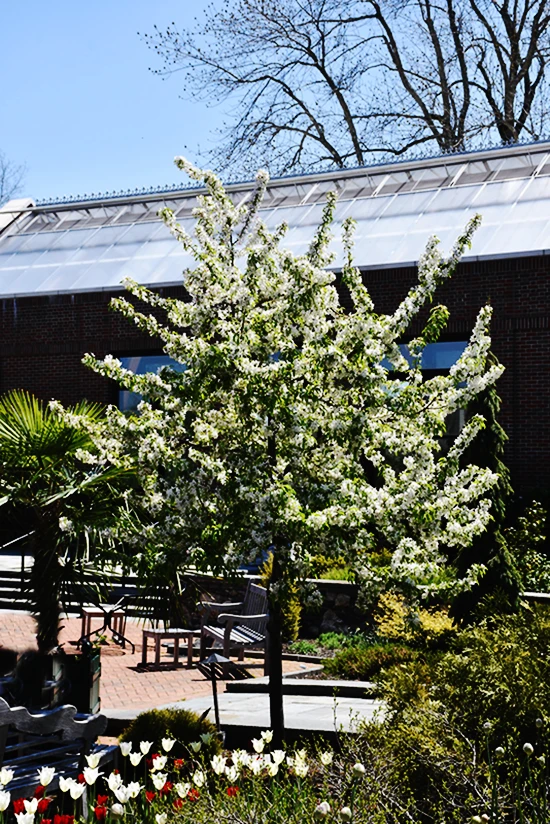
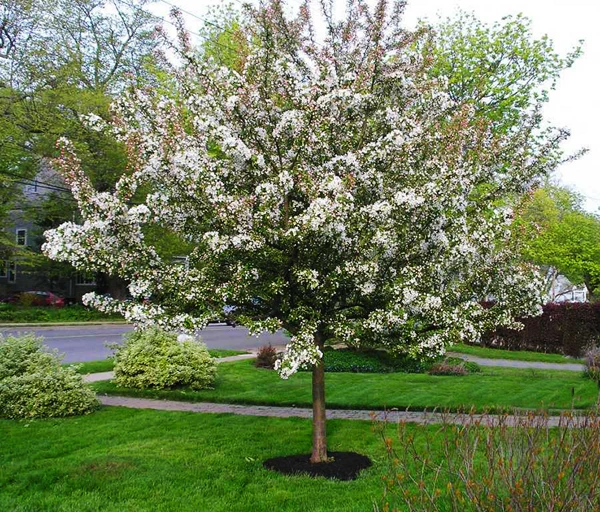
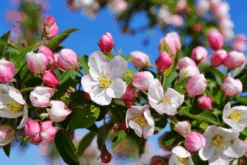


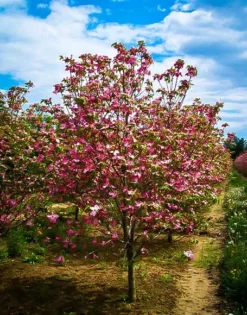

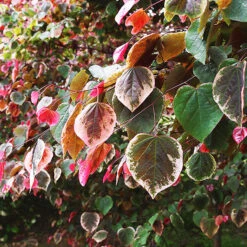
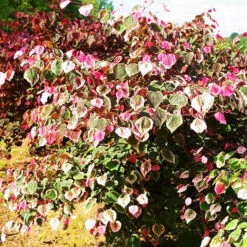

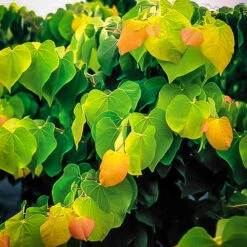
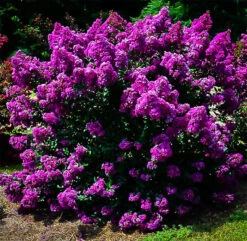

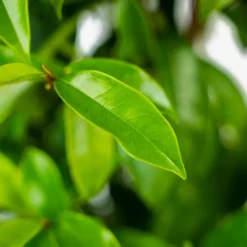
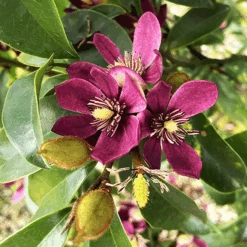
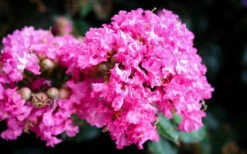
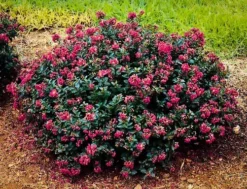

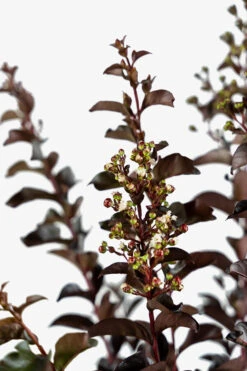
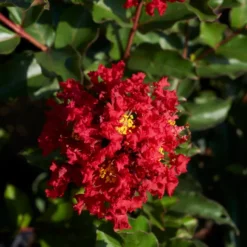
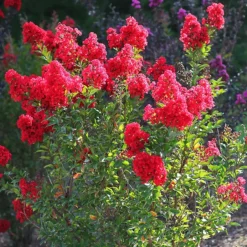
Reviews
There are no reviews yet.